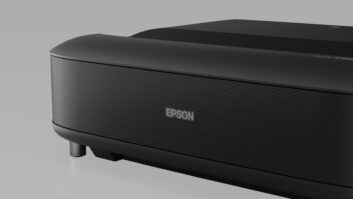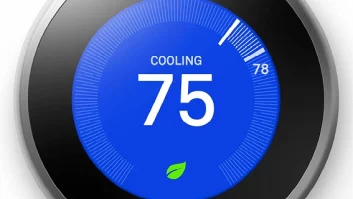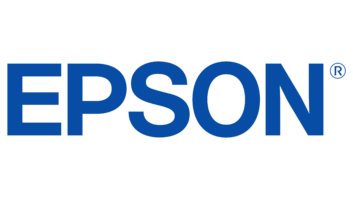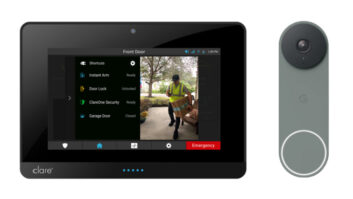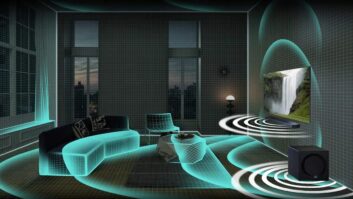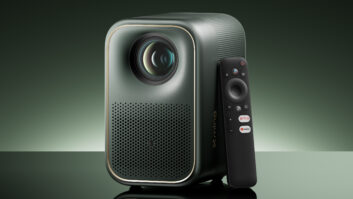San Francisco – Epson America is using this week’s Google I/O Developers Sandbox, here, to demonstrate a host of enterprise applications that take advantage of the capabilities built into its Moverio BT-100 3D “smart glasses”.
Among the BT-100’s capabilities on display will be gesture-control functionality that lets viewers select, play, rewind, fast-forward and pause YouTube videos, using simple motions like, nodding, tilting, or turning the head.
Integrating the latest YouTube API, APX Labs of Herndon, Va. has developed the Northstar user interface for the glasses.
APX Labs added a 9-axis motion sensor containing a gyroscope, accelerometer and a magnetometer so the user can interact hands-free with head movements on the YouTube video wall.
Based on the Android platform, Epson’s Moverio BT-100 smart glasses feature micro-projection technology inside the headset that enables a floating 80-inch display to appear in the center of the user’s field of view. Moverio can power an array of applications, such as 3D augmented reality, real-time text transcription and night vision, in any number of industries.
“The Northstar user interface from APX Labs demonstrates the exciting innovation that is possible with the Moverio BT-100 smart glasses,” said Eric Mizufuka, Epson America new products product manager. “Just one of the groundbreaking apps created for our platform, we hope it inspires developers attending Google I/O to create their own vision of the future with Moverio.”
The APX user interface can be used by software developers to create a range of real-world enterprise and commercial applications using the smart glasses, including one developed by APX called “Terminator Vision” (named for a similar application shown in the Sci-fi movie) that uses face matching to help combat soldiers make rapid IDs by calling up a virtual 3D “baseball card” readout on an encountered person.
For retailers, the systems can be developed to quickly scan QR codes on pallets in warehouses to take walk-by inventory counts for internal and vendor management systems.
Ed English, APX Labs product VP, said a primary role of smart glasses, like Epson’s Moverio, over the next two to three years will be as tools for “deskless workers,” which he described as people who work away from the office in the field, such as warehouses or performing remote service, repairs and installations, and can benefit from tying into a main system to send visuals back to the office to get help or information on a task at hand.
Longer term, Eric Mizufuka, Epson new markets product manager, said that as such glasses become more widely adopted, retailers could start think about how it could alter the “show rooming” experience today.
“This could really take show rooming to the next level, where consumers could be in store doing real-time comparison shopping with virtual pop-ups and real-time ad serving, or being able to filter through products, highlighting, for example, everything under $100 in their field of view as they walk through the store.”
Of course, the Moverio BT-100 ($699 suggested retail) smart glasses also offer a range of personal entertainment applications today utilizing its virtual 80-inch big-screen with qHD (960-by-540) resolution for viewing video at home or on the go.
Google I/O is an annual developer conference featuring highly technical, in-depth sessions, and showcasing the latest from Google’s product teams and partners.
The Developer Sandbox showcases demos from a wide range of developers who have built applications based on technologies and products that are featured at I/O.




